Transgender Characters in Anime: Breaking Boundaries Through Art and Storytelling
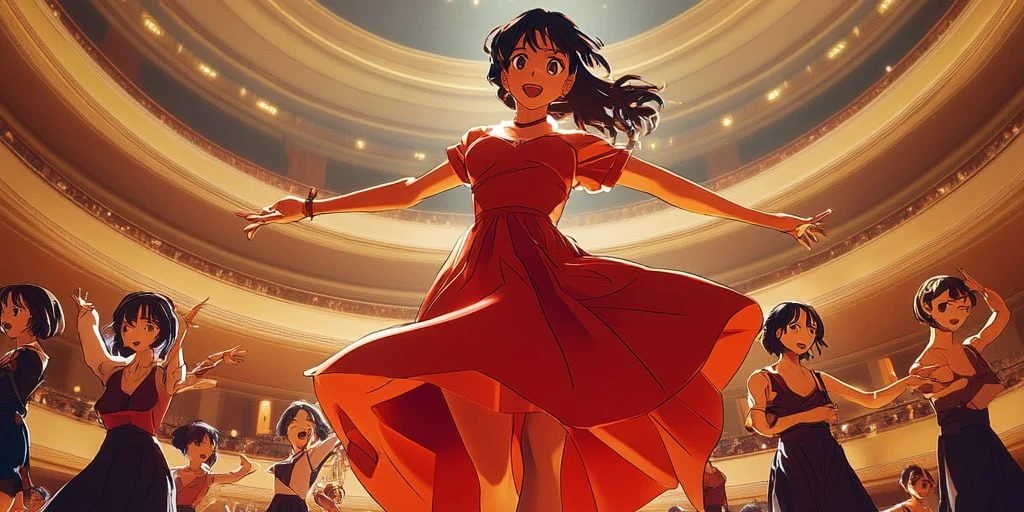
Key Takeaways
Olgha Rybak (she/her) is Fiorry's Chief Editor, where she executes and operates in a writer, editor, and content creator capacity. At university, she studied English language and literature but found she loved psychology almost as much. Olgha is an industrious content creator as well as a committed team leader, with a unique perspective into the complicated nooks and crannies of human behavior and communication. As a hobby, Olgha translates literature, passionately reading and seeking out stories that she'll be completely absorbed by.
In recent years, anime has embraced more trans anime characters, reflecting broader conversations around gender identity, self-expression, and human complexity. Japanese animation is increasingly spotlighting these characters, blending visual art, storytelling, and music to explore identity in powerful ways.
Once limited to coded representation, trans characters are now appearing more canonically, with deeper, more personal stories. From a trans girl discovering her voice to an FTM trans boy challenging norms or a non-binary teen navigating labels, characters in anime now reflect the realities of transgender people.
These stories reveal the emotional depth of the trans experience through design, voice acting, and music—from J-pop themes to noir scores. This article highlights main and supporting transgender characters whose narratives bring powerful representation to anime. It also explores how art and song help illuminate the lives of trans people in anime, offering representation that resonates deeply with fans.
Criteria for Selection
We chose characters based on:
- Whether the character is explicitly transgender or strongly implied
- The depth of one’s character arc—not one-off jokes or stereotypes
- Their role in the story: main character, emotional pivot, or symbolic figure
- Connections to music, artistic roles, or thematic integration
- Cultural and fan impact, especially among the transgender community and anime fans
Some characters express trans identity through subtle or symbolic elements—like conflicting presentation and pronouns or transformation scenes that reflect inner truth. Others use art, fashion, or music to explore identity. These creative choices add emotional depth and help show how gender is experienced in anime.
We also considered trans voice actors and artistic direction. Characters were selected for both how clearly their identity is shown and how meaningfully they contribute to the story’s themes.

Pioneering Trans Characters
Before the 2010s brought more explicit transgender representation, a few early anime broke barriers quietly. These pioneering characters pushed boundaries through subtext and symbolism, introducing many anime fans to their first trans-coded or gender nonconforming figures. Though not always labelled, their impact was unmistakable—helping open doors for today’s more open portrayals.
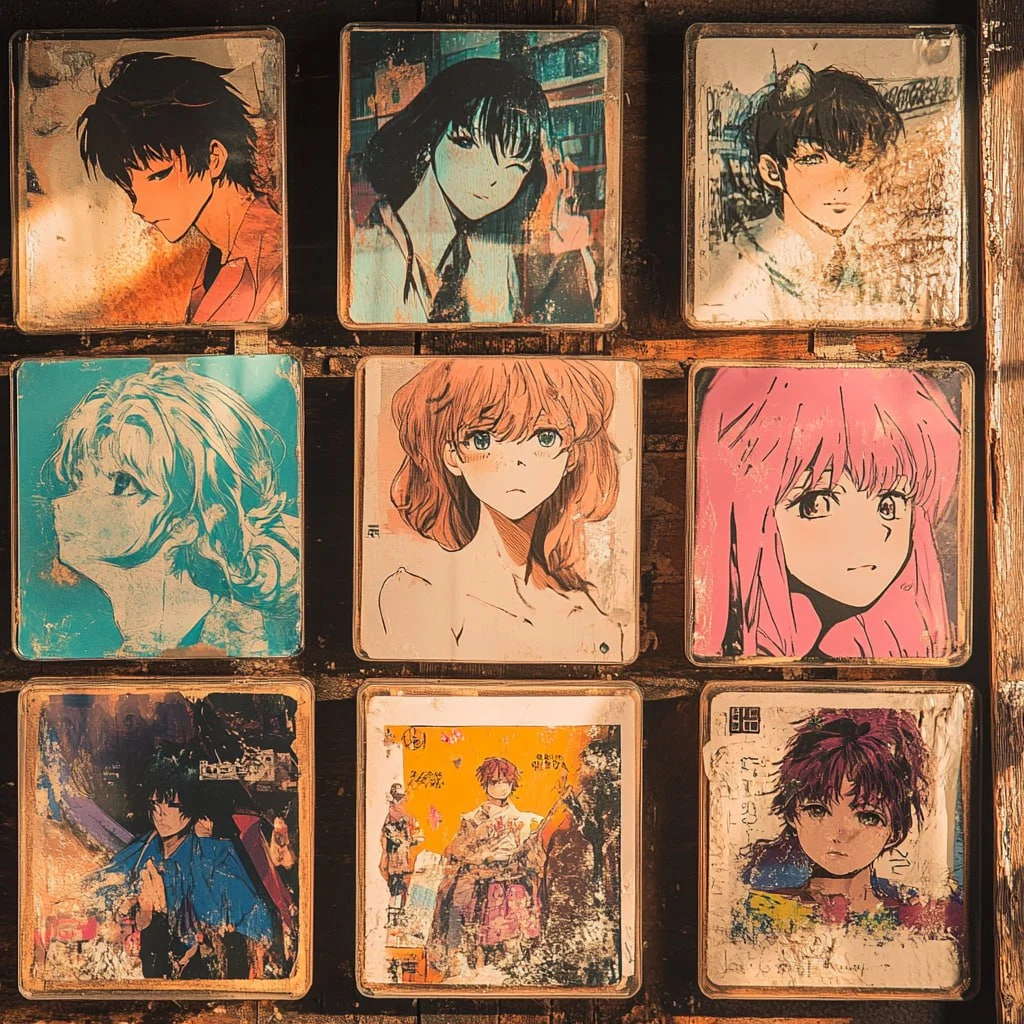
Ranpo Kitan – Sakyōyama
In Ranpo Kitan: Game of Laplace, Sakyōyama is an enigmatic detective who subtly reveals her transgender identity. Though the Japanese version never labels her a trans woman directly, she presents with a female identity and is addressed with female pronouns, signalling a quiet but clear expression of self.
The series’ noir-inspired art direction and haunting jazz-tinged soundtrack echo Sakyōyama’s internal journey. As she navigates both crime scenes and her own sense of self, the music underscores her dual life—both as a solver of external puzzles and as someone working through the puzzle of personal identity. Her role challenges assumptions about female characters, logic, and emotion, offering a layered look at being a trans woman in a genre not known for introspection.
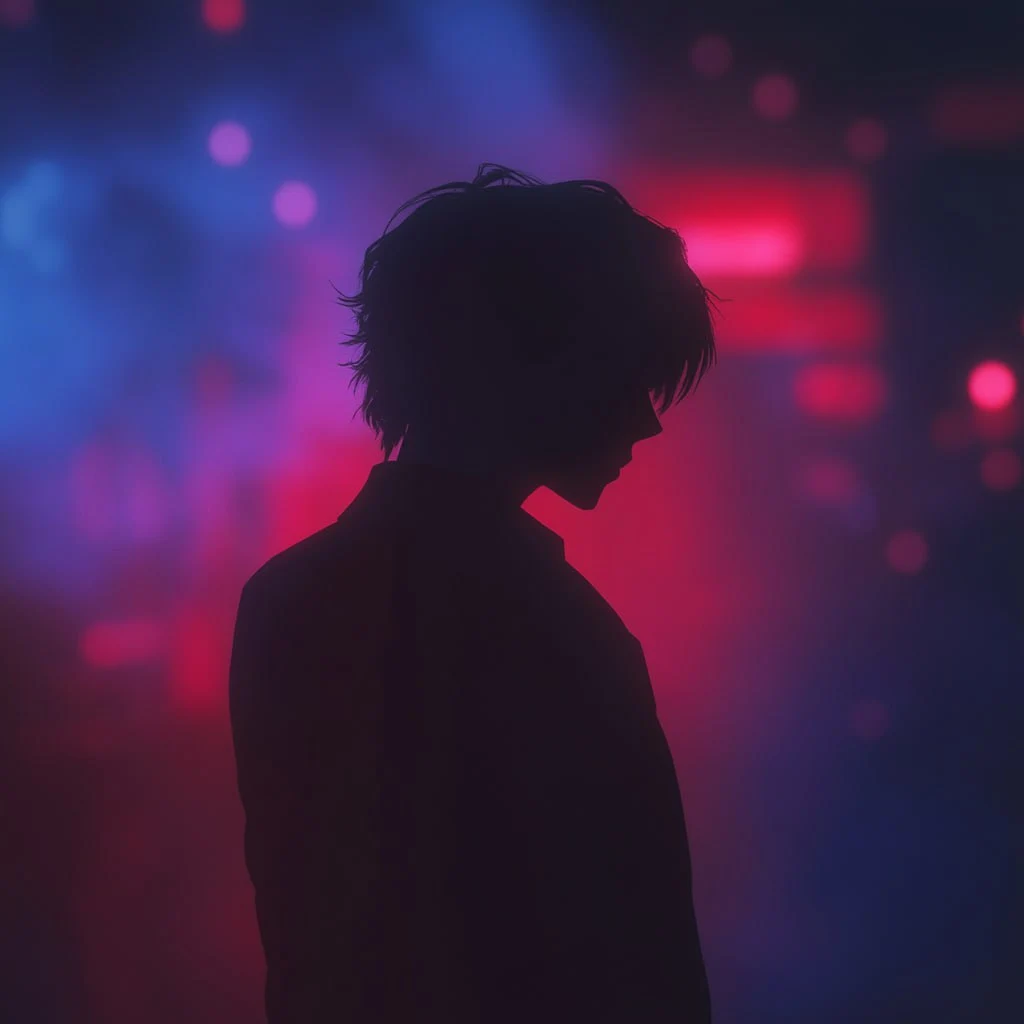
Princess Jellyfish – Kuranosuke
Kuranosuke in Princess Jellyfish offers one of the more vibrant and subversive portrayals of gender play in anime. Kuranosuke, born male, lives outside convention by cross-dressing and embracing female fashion as a form of empowerment and resistance. As the son of a political family, he rejects rigid expectations of what a man should be, using makeup, styling, and bold clothing to define himself on his own terms. While he’s not canonically a trans character, his identity resonates with queer characters who express themselves through fashion and performance, blurring lines between gender roles and embracing fluidity.
His bold looks and confidence question what it means to be a man. The show’s pop-art visuals and upbeat J-pop soundtrack mirror his playful defiance, turning every outfit into a statement. Through design and style, Kuranosuke shows how exploring gender can empower both self and others.

Modern Explicit Representation
Recent years have brought a wave of anime that feature explicitly trans characters whose identities are not only acknowledged but central to the plot. These characters aren’t hidden in subtext—they’re at the heart of their stories, exploring gender identity, transition, and self-love with honesty and clarity.
This shift reflects a broader recognition of trans people as full and complex. Modern art direction—from expressive animation to bold costume choices—supports these stories of transition and authenticity. Emotional theme songs often echo this tone, reinforcing messages of self-acceptance and positive visibility.
These characters come out, face challenges, find support, and grow—offering transgender audiences validation and showing others what it means to live openly.

Wandering Son – Shuichi & Yoshino
Wandering Son delicately follows the parallel journeys of Shuichi, a trans girl, and Yoshino, a trans boy, as they navigate adolescence and the complexities of self-discovery.
The series’ soft watercolour animation, with its pastel tones and gentle lines, mirrors the vulnerability each character faces as they explore their identities in a world that doesn’t always understand them.
The music, primarily piano and violin, beautifully frames pivotal moments—Shuichi’s first dress and Yoshino’s decision to cut their hair. Each note deepens the emotional landscape, turning these quiet milestones into powerful moments of introspection and courage.
The show’s tender portrayal of their stories avoids stereotypes, instead offering a genuine exploration of what it means to grow into oneself.

Villainess: All Routes Lead to Doom – Camus
In My Next Life as a Villainess, Camus brings explicit transmasc representation to a fantasy comedy setting. A confirmed trans man, he’s elegant, composed, and quietly assured—standing out amid chibi-style chaos and royal drama.
The show contrasts chibi-style scenes with regal fantasy art, balancing humor and dignity. Camus asserts his identity through calm confidence, not conflict, earning quiet respect.
His flute leitmotif—light and steady—plays when his truth surfaces, signaling clarity in the swirl of court intrigue. In a genre where gender norms are often rigid, Camus expands the space for transgender characters to exist with dignity, humor, and complexity.
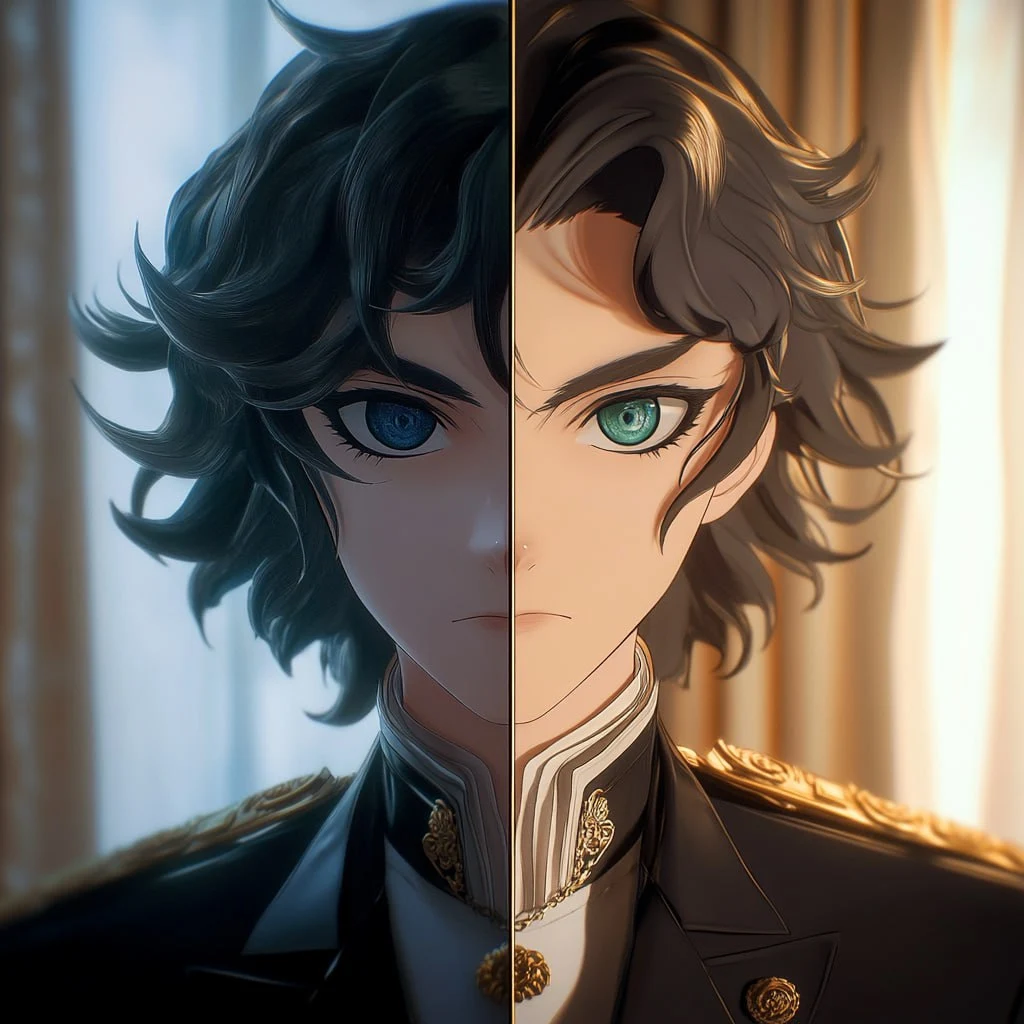
Camus’ presence in this fantasy world showcases how gender can be part of a rich, complex identity. In the same way, your own journey of self-discovery is powerful and meaningful.
Want to explore connections with people who understand? Trans dating can help you find a space where your identity is celebrated.
Trans Musicians in Anime
For some trans characters, music is more than performance—it’s self-expression and survival. Whether in a rock band or an idol group, these trans musicians use lyrics, costumes, and choreography to explore identity and connect with others.
Their songs often echo themes of self-acceptance. Every beat and movement reflects inner change, turning music into metaphor.

Music is the shorthand of emotion
The anime that feature them often use genre-specific visuals—neon pop, grunge, or ethereal fantasy—to match each character’s emotional arc, blending story with sound.
Here, identity and artistry merge. Trans visibility isn’t background—it’s the lead.

Show By Rock!! – Cyan Hijirikawa
In Show By Rock!!, Cyan Hijirikawa starts as a shy gamer and transforms into a bold guitarist with a vivid stage persona. Though not labelled transgender, many fans interpret her gender journey through her costumes, music videos, and the contrast between her introverted real-world self and her expressive, feminine on-stage identity.
The J-rock soundtrack—fast and emotional—amplifies her evolution. Each performance becomes a kind of coming out—louder, brighter, freer.
With its rock-fusion aesthetics, the show blends glam visuals and surreal worlds, resonating deeply with queer and trans fans seeking a voice through performance.
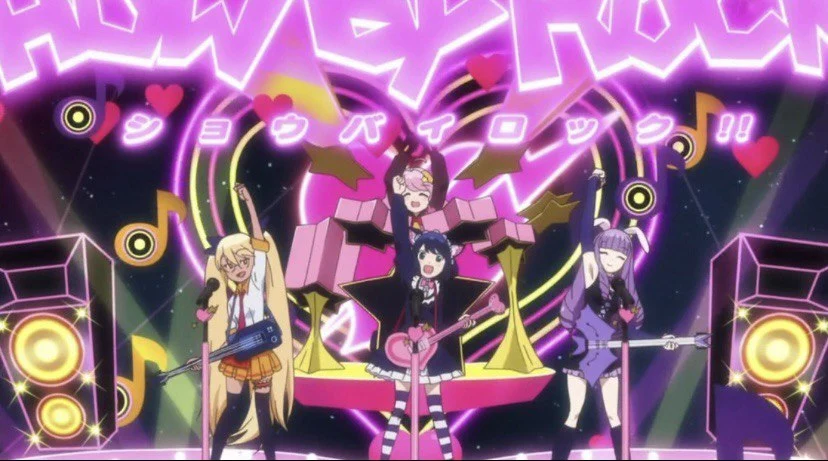
Unique Storylines and Themes
Across these series, key motifs—transition, acceptance, artistic transformation—recur. They aren’t limited to dialogue but unfold visually and musically within each world.
Art styles carry emotional weight. Pastel tones and soft light often mark early self-discovery—tender, hesitant, searching. In contrast, bold lines and stark lighting signal conflict, clarity, or change.
Music deepens this expression. Classical scores speak to legacy and introspection. Rock brings rebellion and urgency. Electronic sounds capture transformation and fluid identity. Each choice reinforces the narrative, showing how trans characters shape—and reshape—their worlds through art.

Overcoming Identity Struggles
Many trans protagonists begin their journey with prejudice and self-doubt, shaped by internal shame and social pressure. Anime shows this through visual montages—walking alone, staring into mirrors, or remembering moments of feeling different.
These scenes often build to emotional climaxes like family confrontations or quiet acts of defiance. The visuals sharpen, and ballads or orchestral pieces swell, adding emotional depth.
Often, a breakthrough comes through art—a song, a dance, or a drawing. These moments aren’t side plots—they’re key turning points where trans characters begin to live more openly and truthfully.

Intersection with Music and Art
Creative pursuits are not side plots in these anime—they’re vehicles of catharsis and clarity. Characters express what words can’t through design or performance, turning creation into self-actualization.
In one series, a character’s first public fashion show becomes a silent coming-out moment. In another, a solo on the violin expresses everything she’s been too afraid to say. Dynamic cinematography—color bursts, spotlight flares, swirling shots—mirrors their inner shift of these acts
Music in these moments often matches the character’s evolution: soft tones give way to energetic riffs or layered harmonies. These performances aren’t polished—they’re raw. And it’s in this vulnerability that self-actualization occurs.
Anime shines here: using visual storytelling and sound to capture vulnerability and growth with precision.

Cultural Impact and Fan Reception
Trans characters in anime have sparked a global response. Online communities on Twitter, Tumblr, and Discord share fan art, cover songs, remixes, and zines. Many fans link their journeys to these stories—seeing themselves in characters’ struggles and triumphs. For some, it even inspires new names and self-expression. Curious about the most common trans name? It’s a reflection of the shared identities shaping this vibrant community.
At anime conventions, cosplayers bring these characters to life. Panels now include discussions on queer and trans visibility in anime. Some groups host charity auctions and playlists, raising funds and awareness through collaborative, fan-driven projects.
These characters don’t just appear—they inspire connection, expression, and solidarity worldwide

Conclusion
Trans characters are redefining what anime can be. Transition stories are expanding anime’s use of art and music to explore identity and growth. These characters add emotional depth and creative richness, proving that their stories aren’t niche—they’re essential.
Support trans voice actors and creators. Watch these series. Share them. Because anime doesn’t just reflect identity—it helps shape it.

Inspired by these powerful representations and looking to meet transgender people near you? Fiorry connects you with like-minded people, helping you build meaningful connections and embrace your true self.
FAQ
Q: Why is anime with trans representation important?
A: Anime with trans representation is important because it gives visibility to trans people, challenges stereotypes, and fosters understanding of gender diversity. It comforts trans viewers and encourages empathy and broader acceptance.
Q: Why do some trans characters in anime use music as self-expression?
A: Music in anime serves as a powerful tool for self-expression, especially for trans characters. It helps convey emotions, struggles, and triumphs that words cannot, often symbolizing personal growth and identity affirmation.
Q: What does “trans-coded” mean in anime?A: “Trans-coded” refers to characters whose gender identity is implied but not explicitly stated. These characters may display traits or experiences that align with trans identities without being directly labeled as such in the storyline.
Time to read: 10 min.





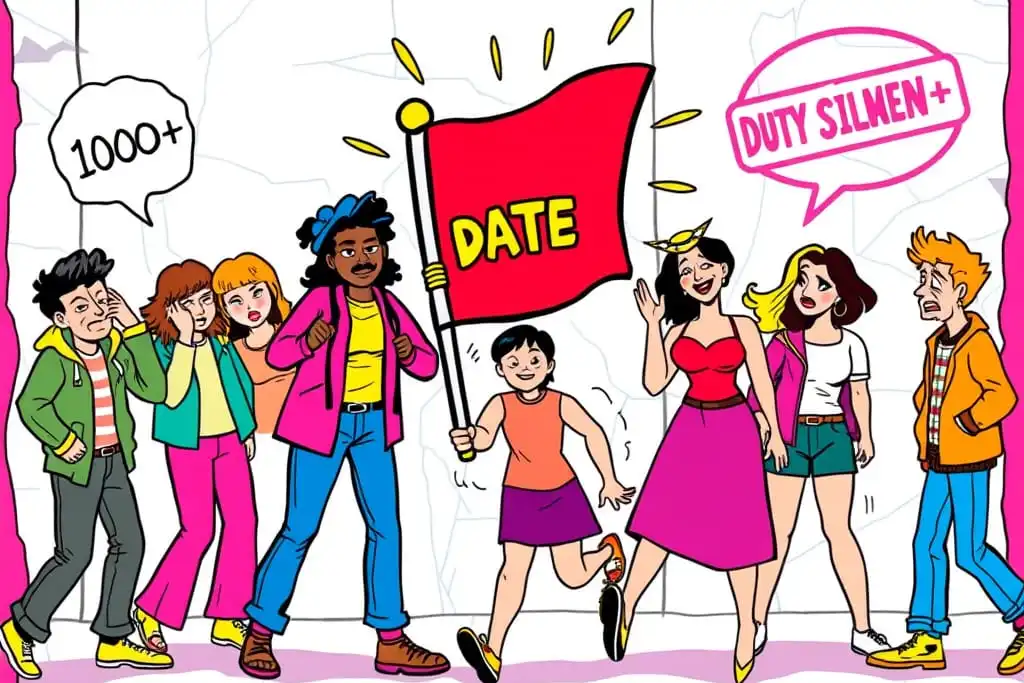
Fashion Designer
Coco Chanel
The most courageous act is still to think for yourself. Aloud